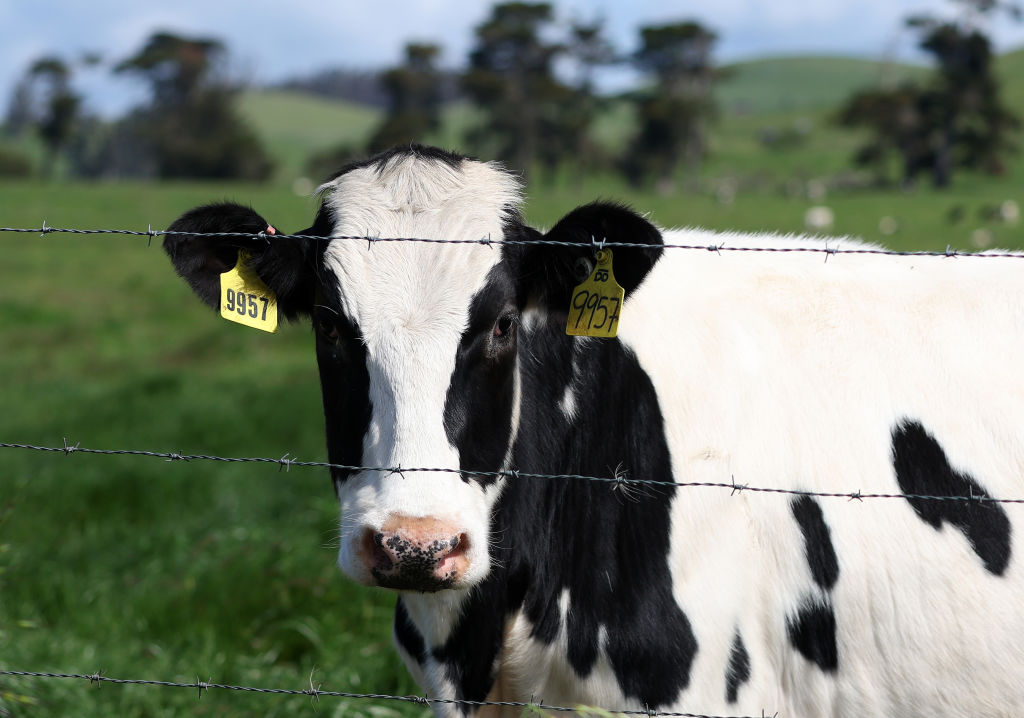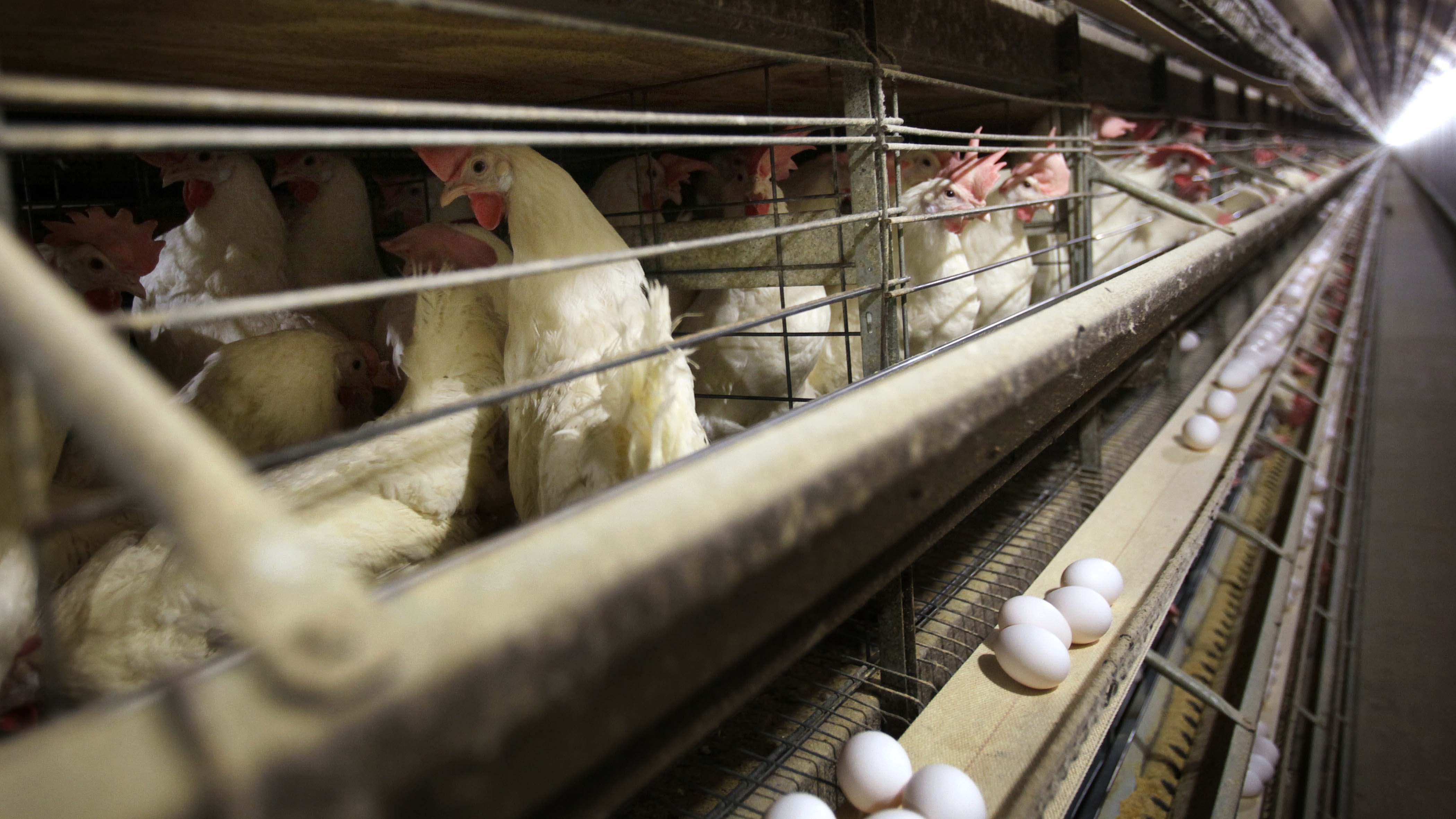This year's flu season could start earlier than expected — and the dominant strain to spread might be influenza A, which can cause more severe illness, health experts say.
Each year, the Centers for Disease Control and Prevention looks to countries in the Southern Hemisphere as a potential indicator for what's to come in the United States.
Some countries in South America and Africa experienced an earlier start to their flu seasons, which typically run from April to September and sometimes last until October or November, the CDC said in late August.
Influenza A, specifically H3N2 viruses, were predominant in Australia and South America, particularly in Chile, Ecuador and Uruguay, where there were high levels of severe flu-related disease and hospitalizations, the CDC said.
In Africa, influenza A H1N1 viruses dominated, though influenza B has increased in recent weeks, according to the CDC.
The CDC said getting a flu vaccine is the best form of protection against severe illness and hospitalization.
A local doctor told News4 some people might want to get their shot as soon as possible as flu activity typically begins in America in October. It usually takes two weeks after a flu shot to build strong immunity.
"If you are in a high risk group, you know, 65 and older [or] you're a pregnant person, then what you would want to do is get it as soon as possible so you can get that extra bit of protection as soon as you can. However, if you're not in a high risk group, I would recommend waiting probably until the tail end of September or beginning of October. I think those are a great time so that you can get it to last all throughout the flu season," said Dr. Adrian Dyer, a family medicine physician for MedStar Health.
It's safe to get a flu shot and the new COVID-19 shot at the same time, according to the CDC. But Dyer said it's alright to spread them out, if that's what a patient prefers.
"You don't have to do all the shots in one visit. You can space them out. Take one today. Take another one in two weeks. Take it slow," Dyer said.
Children younger than 9 who have never had a flu shot before should get two doses this year, at least four weeks apart, according to the CDC. Kids in that same age group who have only had one shot during previous flu seasons may also need two shots this year.




